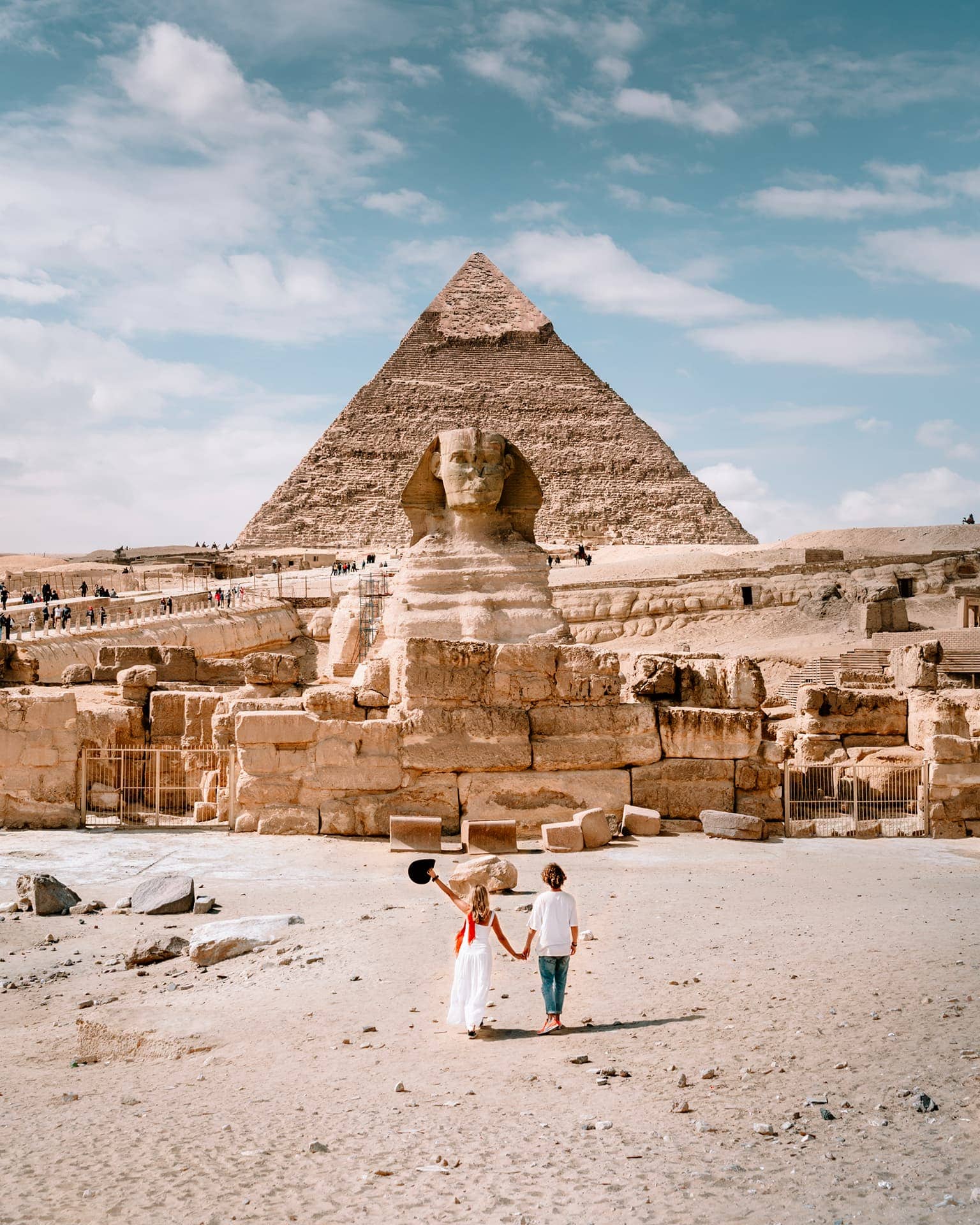The Mastaba of Seshemnefer IV, also known as Lepsius 53, is a significant archaeological site from the early Sixth Dynasty, around 2340 BC. It is located in the Giza Necropolis and was built for Seshemnefer IV, who held the prestigious title of Head of the Royal Harem. This position indicates that he was a key figure at court, managing the area of the palace where the royal women and children resided.
Architectural and Artistic Details:
- The mastaba contains two seated statues in the forecourt, inscribed for Seshemnefer IV, which are still in situ.
- The interior chapel entrance features a lintel and drum lintel, as well as a false door inscribed for Seshemnefer IV.
Reliefs and Daily Life Insights:
- The tomb’s reliefs provide a vivid portrayal of daily life during Seshemnefer IV’s time, including scenes of agriculture, cattle breeding, bird hunting, grain storage, and offering ritual
Historical Significance:
- Seshemnefer IV’s mastaba offers valuable insights into the roles and responsibilities of court officials during the early Sixth Dynasty.
- The artistic techniques and themes depicted in the reliefs provide a window into the cultural practices and societal structure of ancient Egypt during this period.
 English
English











